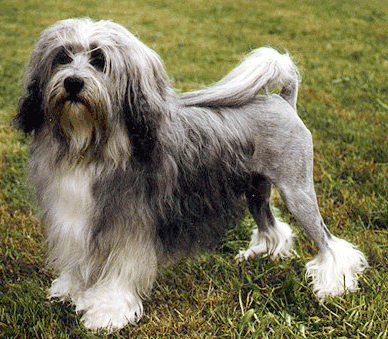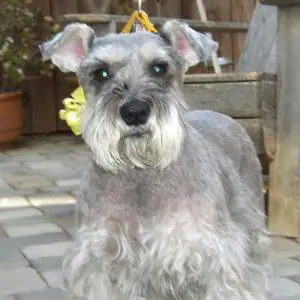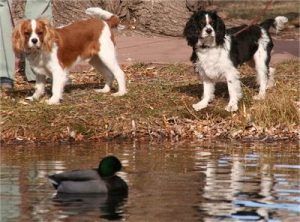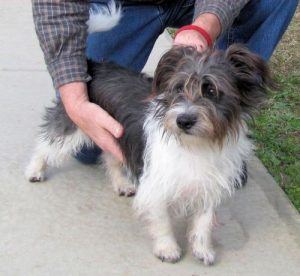Lowchen, “The Lion Dog”
lowchen adoption & Rescues

-
Breed Group : Non-Sporting
-
Origin : France/Germany
-
Average Height : 12" - 14"
-
Average Weight : 9 - 18 lbs.
-
Life Span : 13 - 16 years
Photo Courtesy of : The Lowchen Club of America
-
Size
1 2 3 4 5 6 7 8 9 10 -
Energy
1 2 3 4 5 6 7 8 9 10 -
Intelligence
1 2 3 4 5 6 7 8 9 10 -
Ease of Training
1 2 3 4 5 6 7 8 9 10 -
Hypo-Allergenic
1 2 3 4 5 6 7 8 9 10 -
Shedding
1 2 3 4 5 6 7 8 9 10 -
Good with Kids
1 2 3 4 5 6 7 8 9 10 -
Good with Other Pets
1 2 3 4 5 6 7 8 9 10 -
Guard Dog
1 2 3 4 5 6 7 8 9 10







